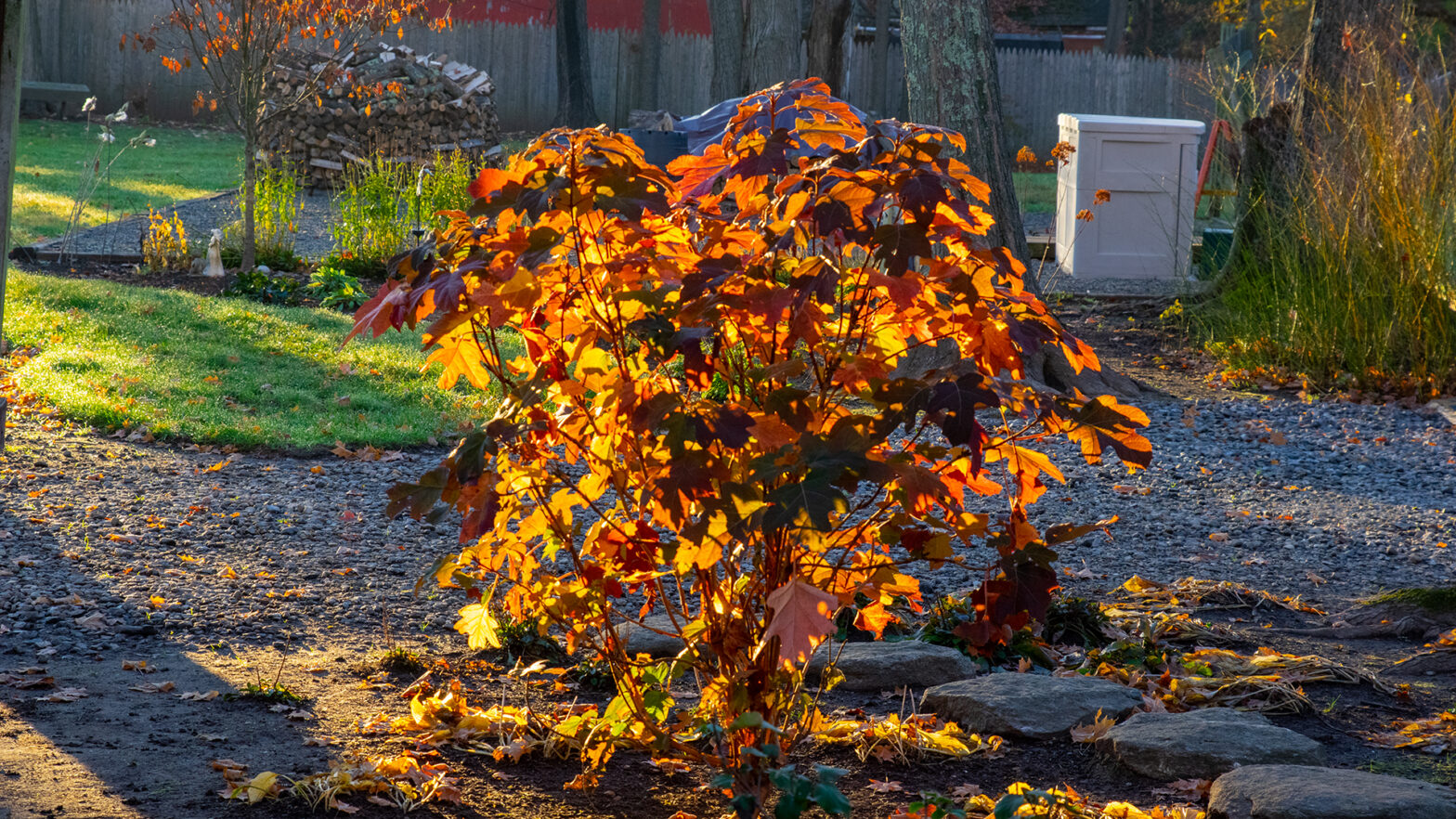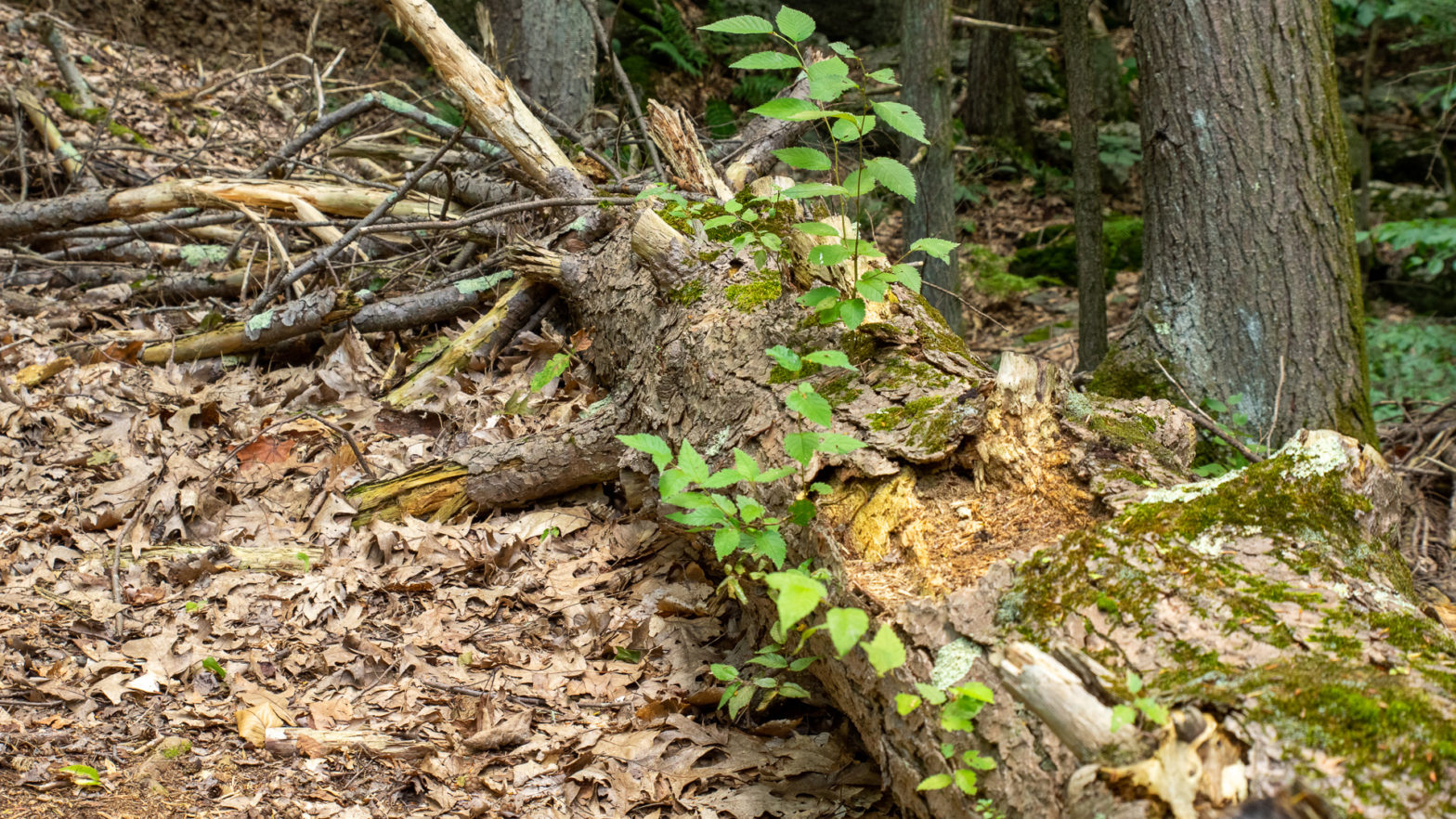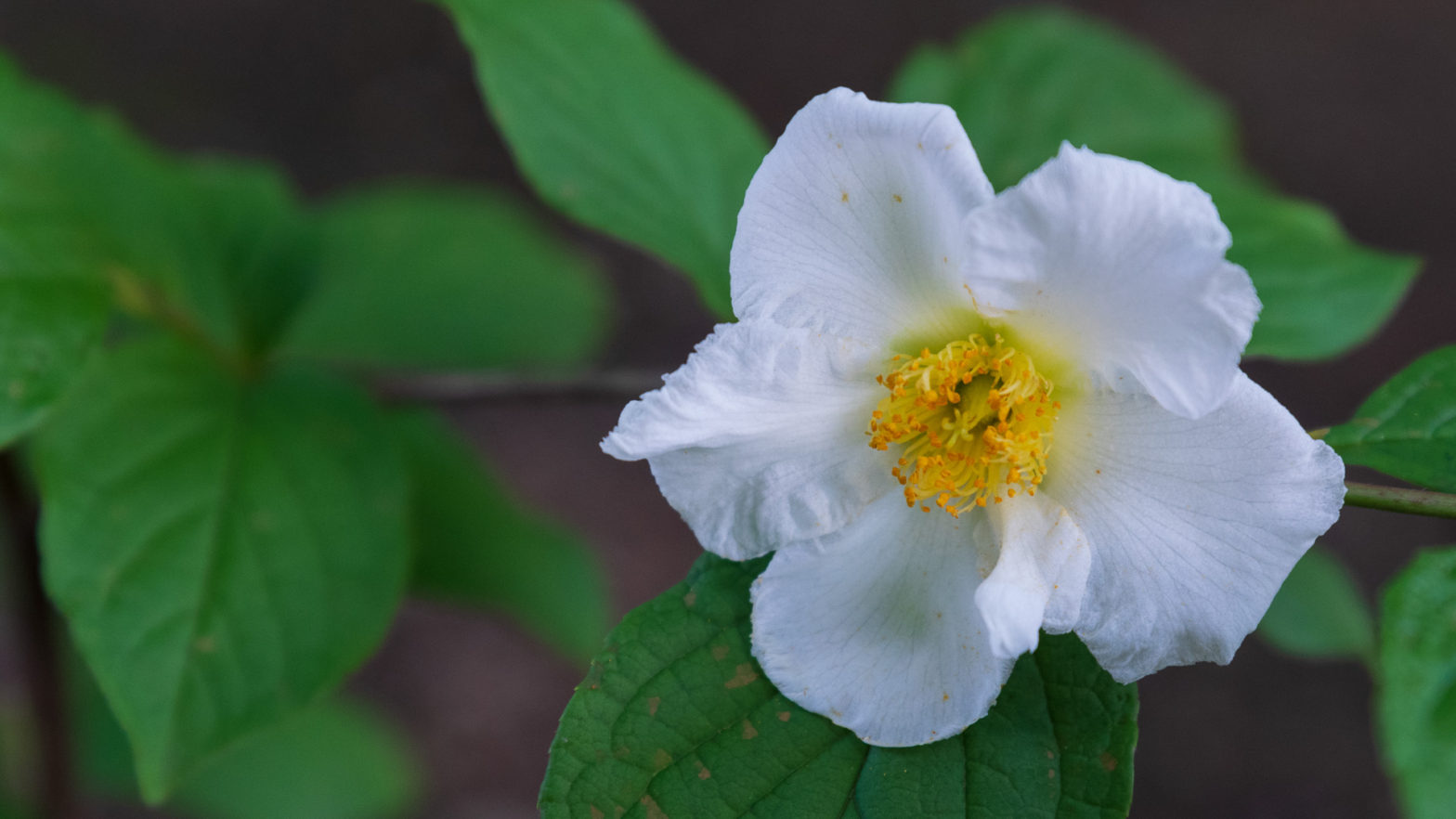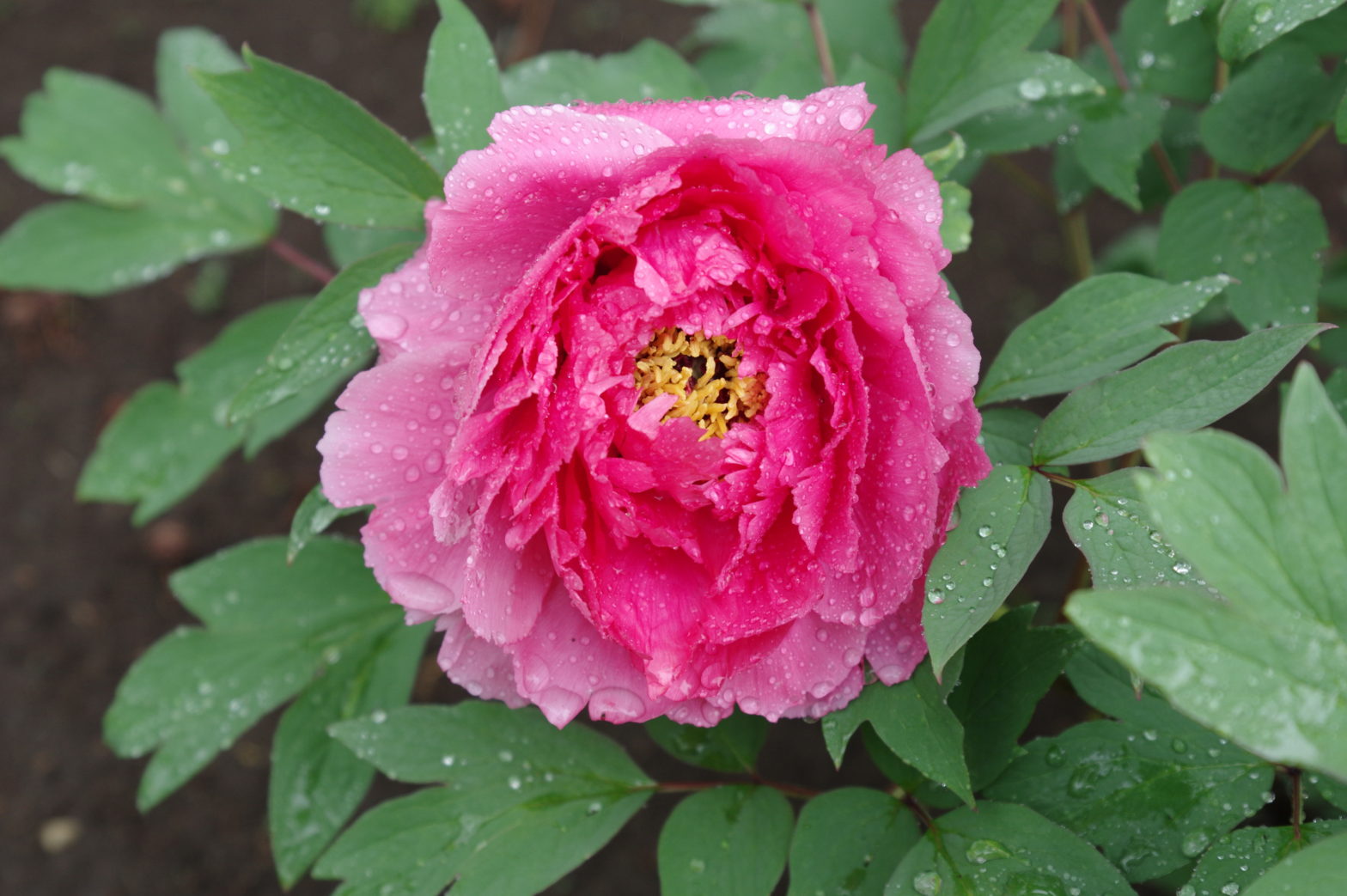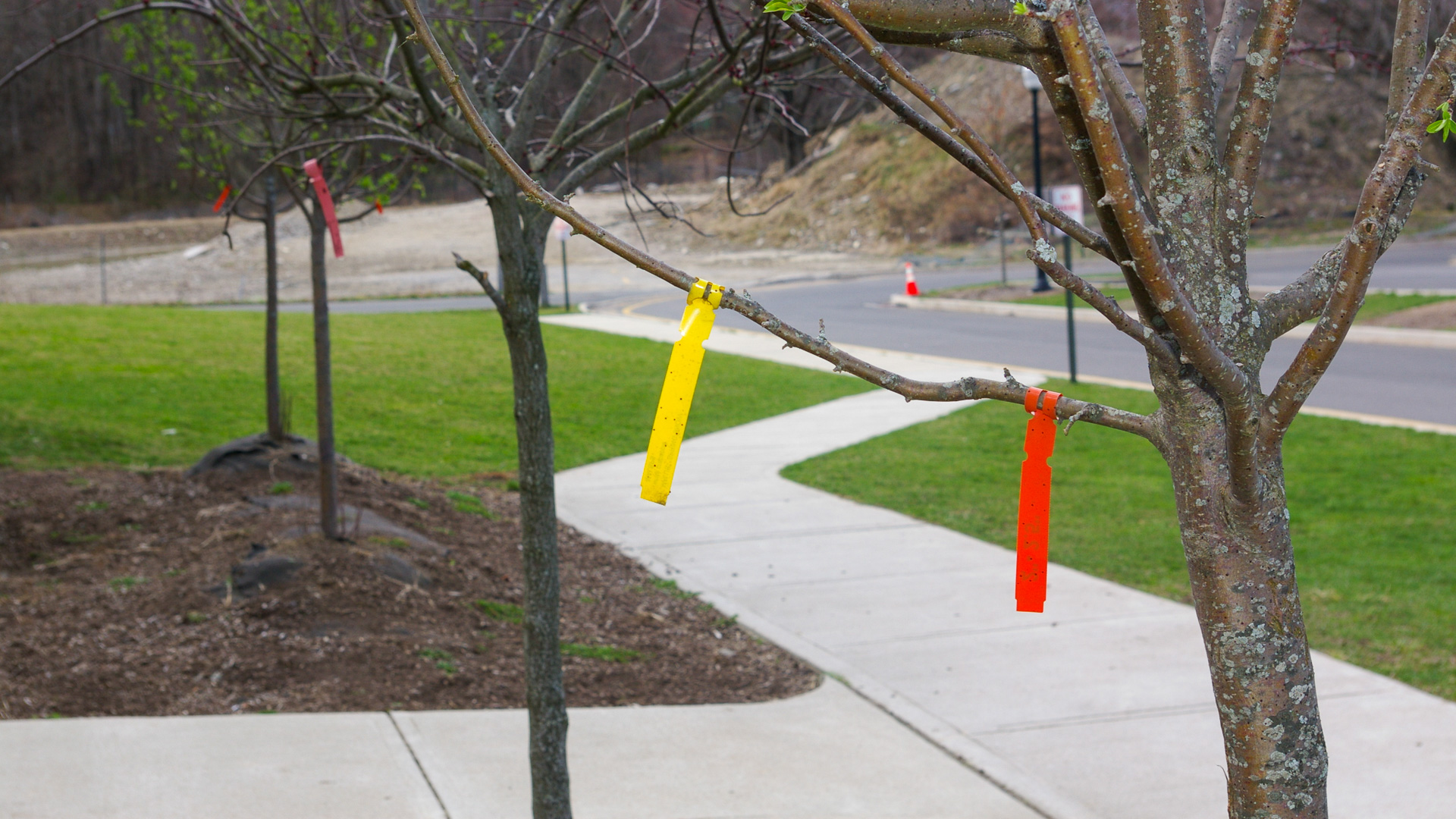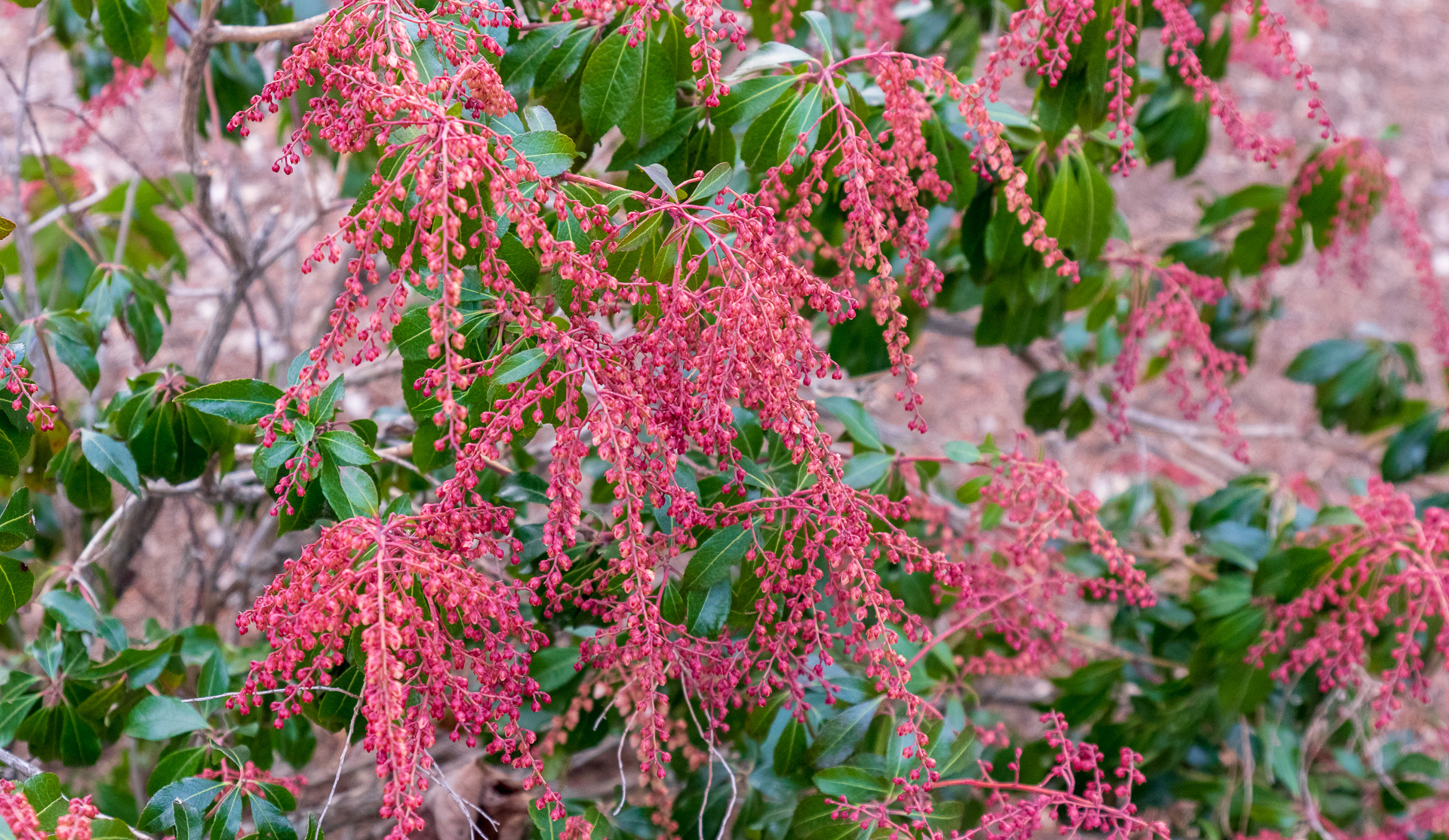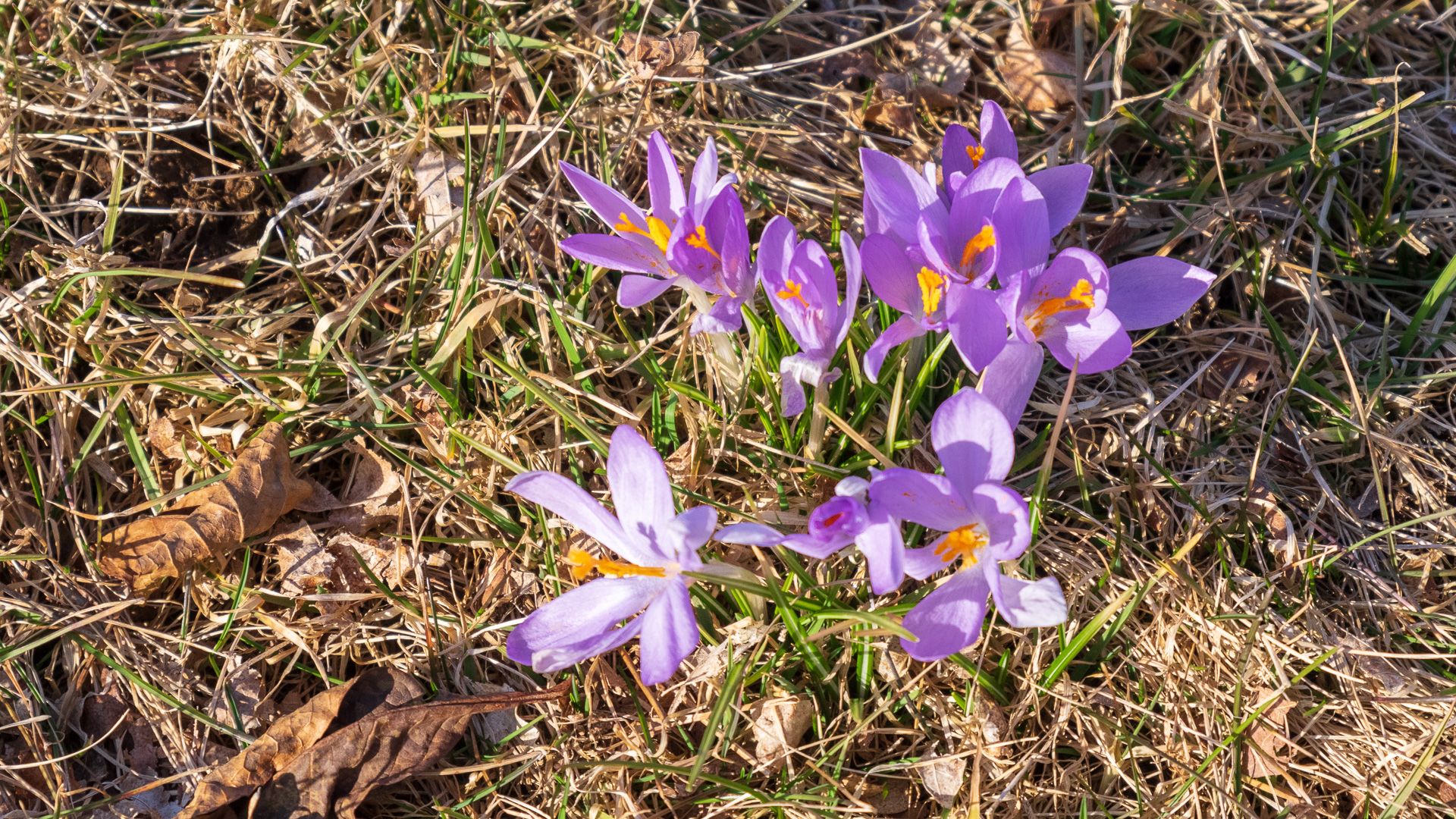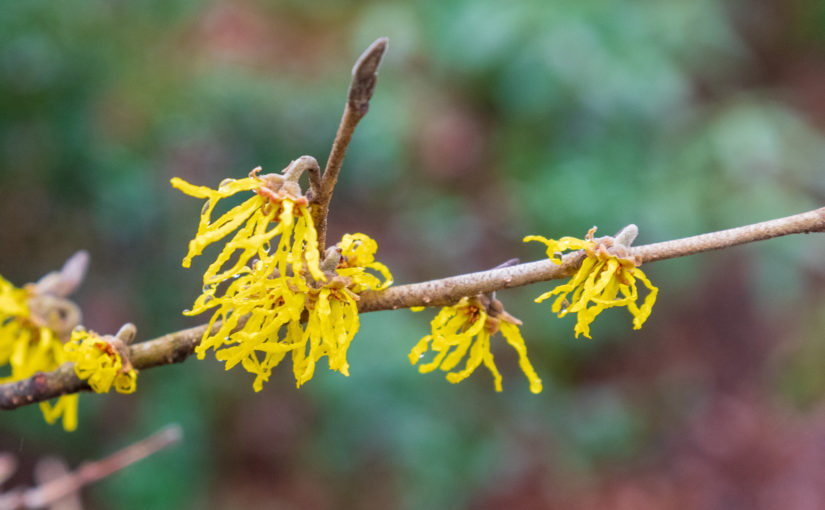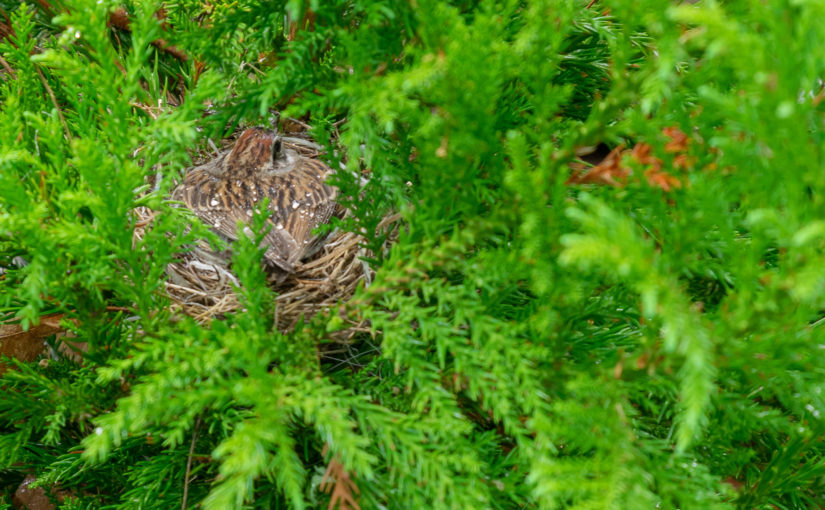This morning I stepped outside for a breath of air and caught an Oakleaf Hydrangea (Hydrangea quercifolia) glowing in the warmth of the morning sun.

Oakleaf Hydrangeas are one of my favorite plants for several reasons.
First, the oak-shaped leaves create interest in the landscape all year.

Second, mid-summer blooms light up the landscape and persist until frost.

Third, the fall color of Oakleaf Hydrangeas is outstanding with glowing shades of oranges and reds.

Fourth, Oakleaf Hydrangeas are reasonably slow growers and seldom outgrow their space.
Fifth, Oakleaf Hydrangeas thrive in both sun and partial shade and tolerate dry conditions. If you need a 3-5 foot tall shrub for the shade garden think Oakleaf Hydrangea.
There are only two minor downsides to Oakleaf Hydrangeas I can think of.
First, Oakleaf Hydrangeas can be finicky when it comes to pruning.
Oakleaf Hydrangeas bloom on the previous season’s growth. If you prune them too early you risk removing the current year’s blooms and if you prune them too late you risk removing the next year’s blooms.
The winter habit of an Oakleaf Hydrangea below reveals you don’t have a lot to work with when it comes to pruning.

I’ve tried pruning Oakleaf Hydrangea both early and late with limited success.
I accept that if I prune more than a branch or two on an Oakleaf Hydrangea I may not get blooms this season or next season.
If I need to do a major pruning on an Oakleaf Hydrangea I prune immediately after bloom and still, I often lose out on most flowers the next year.
Second, some Oakleaf Hydrangeas, survive but don’t thrive. Like the one in this picture.

Admittedly, this plant is in dry, deep shade and that the shrub is growing at all is a miracle. However, I’m lucky to have a flower or two on this four-foot-tall shrub.
The interesting foliage, fall color and survivability are worth tolerating an Oakleaf Hydrangea with few or no flowers in my book.
My favorite cultivar of Oakleaf Hydrangea is Ruby Slippers. Watch the video below starting at 25:35 for why I love Ruby Slipper Oakleaf Hydrangea. I haven’t pruned this Ruby Slippers Hydrangea besides deadheading and the occasional branch or two for years.
Less is more when it comes to pruning Oakleaf Hydrangeas. Consider if you need to prune at all besides dead heading.
Below is a high-resolution image of my oakleaf hydrangea glowing in the morning sun. Click on the image to open it in a new tab.

